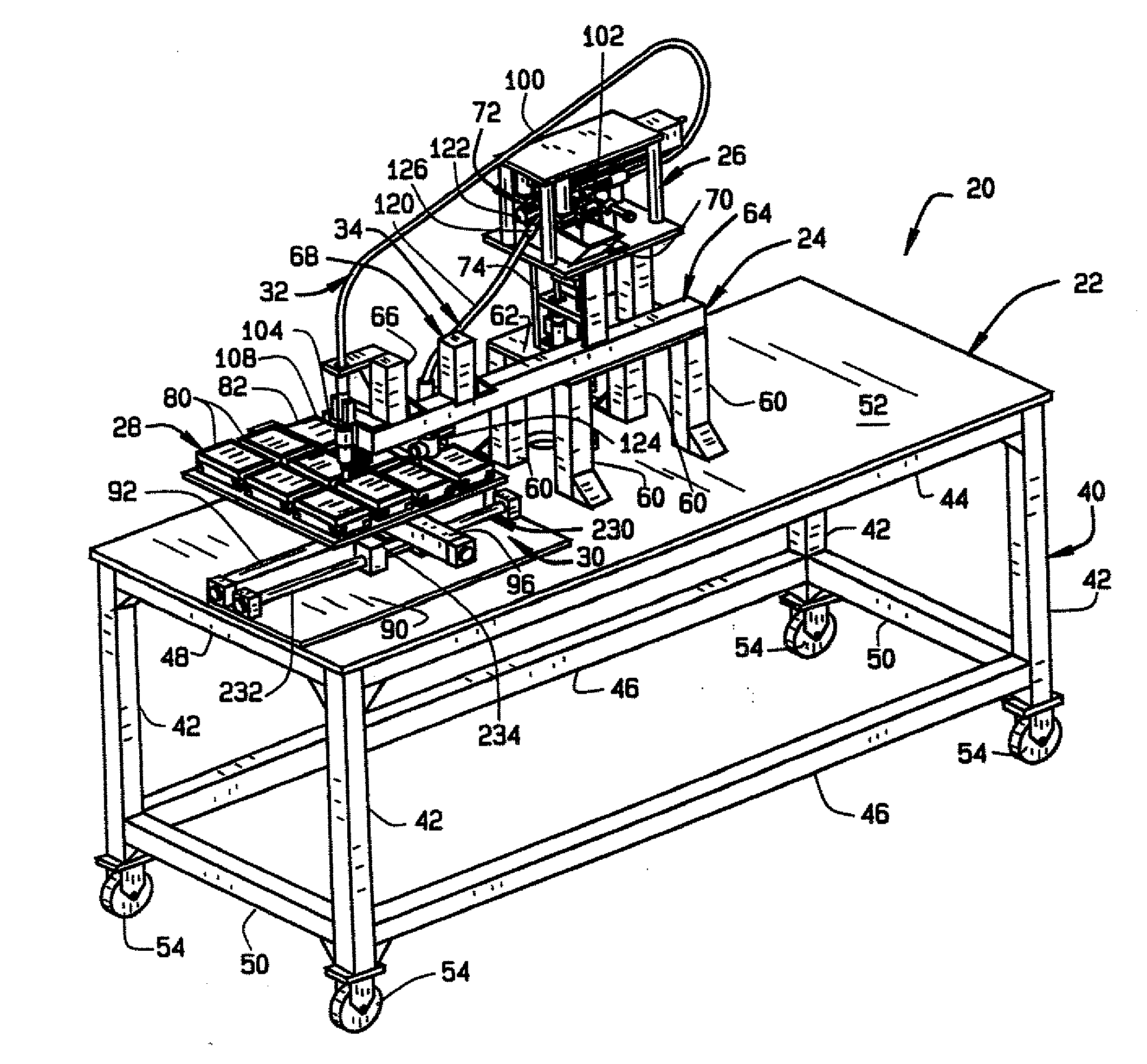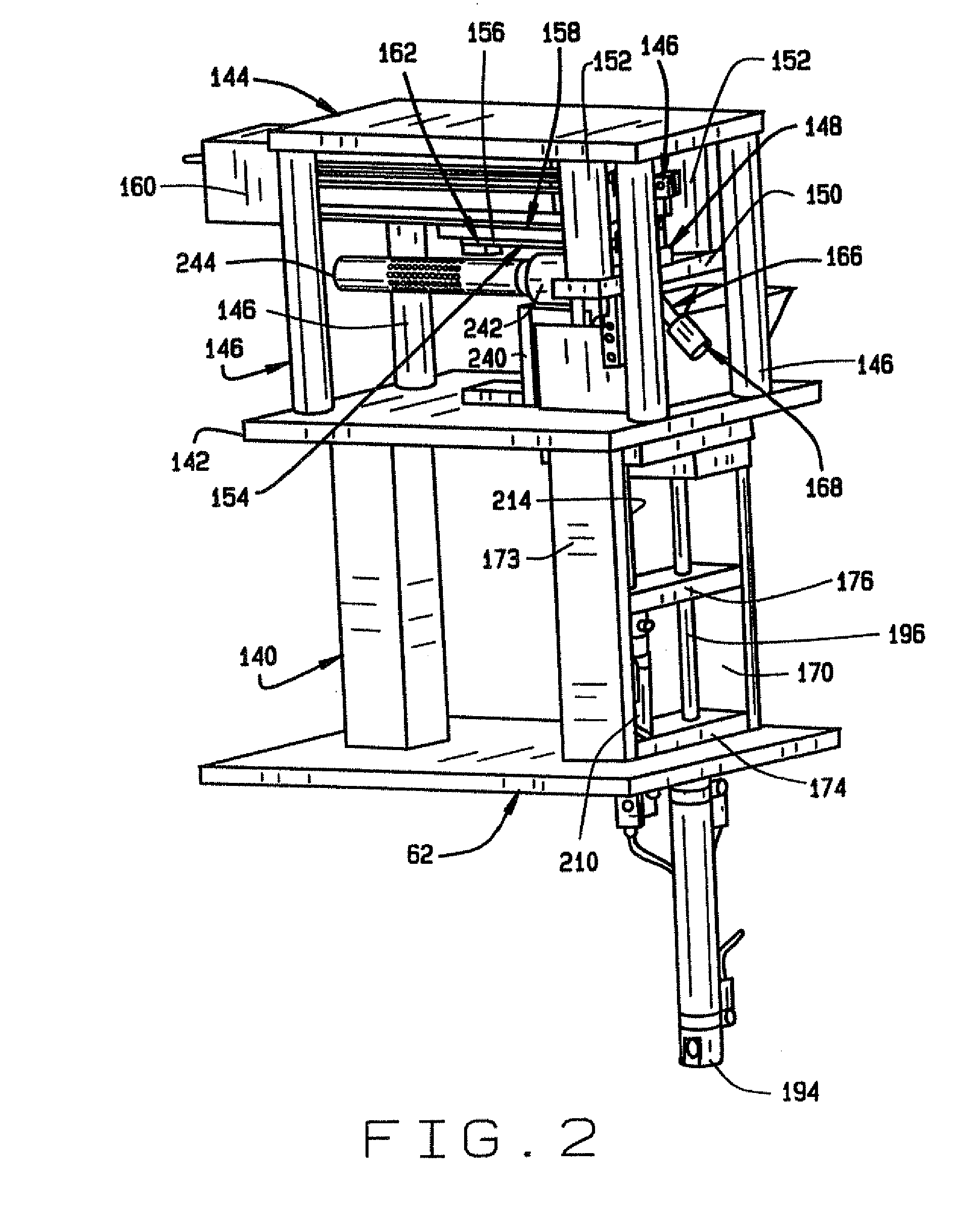Automated seed sampler and methods of sampling, testing and bulking seeds
a seed sampler and automatic technology, applied in the field of automatic seed sampler and methods of sampling, testing and bulking seeds, to achieve the effect of facilitating the bulking up of seed populations and facilitating the automated, non-destructive sampling of seeds
- Summary
- Abstract
- Description
- Claims
- Application Information
AI Technical Summary
Benefits of technology
Problems solved by technology
Method used
Image
Examples
example 1
[0118]This example describes an assay for predicting the zygosity of corn embryos using an internal control (IC) gene homozygous at the locus (i.e., two IC copies in the diploid embryo and three IC copies in the triploid endosperm). In an inbred line of a diploid (or higher ploidy) organism such as corn, the endogenous internal control is typically homozygous; transgenic events in such organisms at the first generation (termed “R0” in corn) are typically hemizygous (that is, the transgene is typically present in only one of the two or more homologous chromosomes). Corn (Zea mays) is a diploid organism, thus a “single copy” R0 event has one copy of the GOI per cell, but 0.5 copies per haploid genome, a “two copy” R0 event has two copies of the GOI per cell, but 1 copy per haploid genome, and so forth.
[0119]In this example, tubulin was used as the IC gene, and the GOI was a transgene encoding neomycin phosphotransferase II (NPT II), which is used for kanamycin resistance selection. En...
example 2
[0121]This example demonstrates the use of the screening methods of the present invention in a program for marker-assisted selection of soybeans for Low Linoleic Acid.
[0122]Soybean is the most valuable legume crop, with many nutritional and industrial uses due to its unique chemical composition. Soybean seeds are an important source of vegetable oil, which is used in food products throughout the world. The relatively high level (usually about 8%) of linolenic acid (18:3) in soybean oil reduces its stability and flavor. Hydrogenation of soybean oil is used to lower the level of linolenic acid (18:3) and improve both stability and flavor of soybean oils. However, hydrogenation results in the production of trans fatty acids, which increases the risk for coronary heart disease when consumed. The development of low linolenic acid soybean has been complicated by the quantitative nature of the trait. The low linolenic acid soybean varieties that have been developed have been found to yield...
example 3
[0127]This example demonstrates the use of the screening methods of the present invention in a program for recurrent parent alleles in a backcross breeding program.
[0128]The screening methods of the present invention can be used for selection of transgenes as well as identification of recurrent parent alleles. The identification of genotypes with desired recurrent parent allele frequencies before planting allows the number of rows per population to be reduced throughout the entire breeding program along with an increase in the number of populations included in the conversion program within a given field unit. This results in improved land usage, reduced land and labor costs, etc.
[0129]An example of screening endosperm tissue from corn for recurrent parent alleles in a backcross breeding program is shown in FIG. 29.
PUM
| Property | Measurement | Unit |
|---|---|---|
| oblique angle | aaaaa | aaaaa |
| angle | aaaaa | aaaaa |
| humidity | aaaaa | aaaaa |
Abstract
Description
Claims
Application Information
 Login to View More
Login to View More - R&D
- Intellectual Property
- Life Sciences
- Materials
- Tech Scout
- Unparalleled Data Quality
- Higher Quality Content
- 60% Fewer Hallucinations
Browse by: Latest US Patents, China's latest patents, Technical Efficacy Thesaurus, Application Domain, Technology Topic, Popular Technical Reports.
© 2025 PatSnap. All rights reserved.Legal|Privacy policy|Modern Slavery Act Transparency Statement|Sitemap|About US| Contact US: help@patsnap.com



